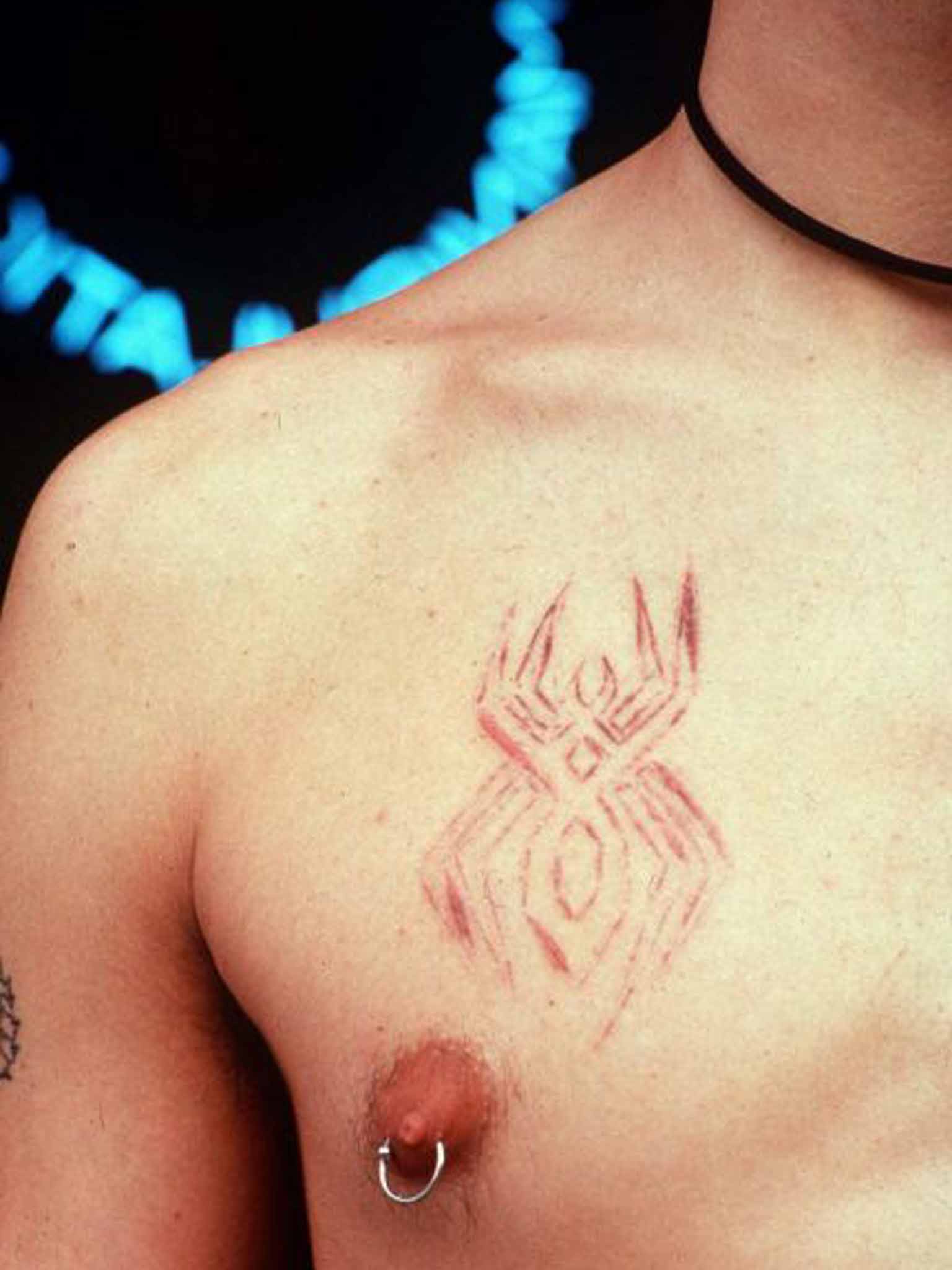Body branding: Should the police be snooping on our skin?
A growing number of tattoo parlours now offer body branding alongside their usual services. But burning a mark into someone else's body – even with their consent – could be a criminal assault.

Body branding is fast becoming an alternative for people bored with tattooing. A growing number of tattooists now offer this form of scarification alongside their usual services. In the UK, Channel 4 recently featured branding in an online Body Mods series.
Most people sensibly assume that if an adult consents to a cosmetic procedure that could amount to bodily harm or wounding, their consent would render that act lawful. But in terms of body modification, the law is actually far from clear.
And as branding becomes more popular, we could see legal cases brought against the people who brand customers – even if they have been asked to do it. Branding involves burning the skin with hot or cold instruments to produce a permanent design. While the visual results may be comparable to a tattoo, the process of actually producing a brand is quite different – which makes it a legal grey area.
This first became clear as far back as 1997, when a husband was convicted of grievous bodily harm for branding the letter W on his wife's buttock with a hot knife at her request. When she sought medical attention a few days later, the examining doctor reported the injury to the police.
But when the case was taken to appeal, the judge took a practical view, ruling that the husband was merely helping his wife with "a piece of personal adornment" akin to a tattoo. This decision was made following an infamous 1993 case, which saw a group of people convicted of bodily harm after willingly taking part in sadomasochistic activities including whipping, genital maltreatment, ritual beatings and branding.
When considering an appeal against the convictions, the majority of the House of Lords was clear: consent does not negate liability when bodily harm or more serious injury was intended or caused.
But the case did provide some latitude in terms of injuries received in the course of other socially acceptable activities. It was decided that consent negates criminal liability for injuries received in the course of sports, surgery, ritual (male) circumcision, rough horseplay and tattooing and ear piercing.
Branding is notably absent from the list. At the time, that might not have been a problem, but it now leaves us with a gap. The practice is not the same as tattooing or piercing because rather than the cosmetic piercing of the skin, it involves a deep burn that could be construed as bodily harm.
Local authorities are responsible for regulating and monitoring businesses that offer cosmetic body piercing, tattooing, micropigmentation, semi-permanent make-up, electrolysis and acupuncture. The local authority will issue a detailed series of (largely hygiene-related) conditions which must be met in order for a licence to be issued for premises that offer these services.
But body modification has moved on since 1993 and procedures such as scarification (the cutting or removal of the upper layer of the skin to encourage scarring), tongue splitting and beading (the insertion of beads under the skin) are no longer unusual.
The legality of these more serious forms of body modification as commercial activities has not yet been tested in court. But given these procedures result in serious harm, they could be judged unacceptable, even when a customer consents to them. It is not a decision for the injured party whether a prosecution should be brought – it is at the discretion of the police and Crown Prosecution Service.
Obviously this has also been an issue in other jurisdictions. Australia recognised a loophole in the law concerning body modification and its states have acted by regulating "body art". So Western Australia, for example, allows branding at regulated premises where the customer is over 18 and for minors where they have the written permission of their parent or guardian.
Local authorities are undoubtedly issuing licences to premises that offer branding and we can assume they are taking a pragmatic view – allowing branding and other forms of body modification to continue alongside tattooing. But once these practices become mainstream – and the popularity of Fifty Shades of Grey raises the same issues regarding sadomasochism – the need to clarify this area of the law becomes ever more pressing.
This article first appeared on 'The Conversation', theconversation.com
Subscribe to Independent Premium to bookmark this article
Want to bookmark your favourite articles and stories to read or reference later? Start your Independent Premium subscription today.

Join our commenting forum
Join thought-provoking conversations, follow other Independent readers and see their replies